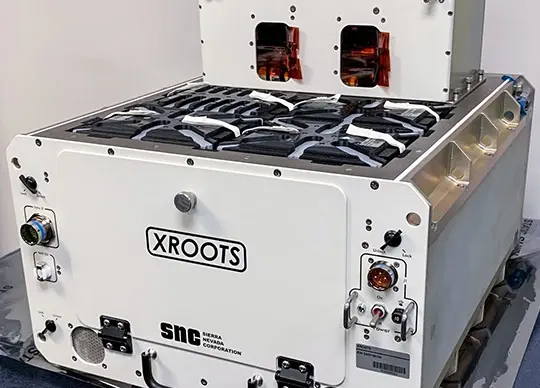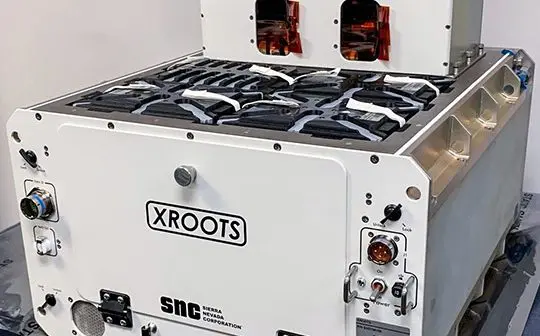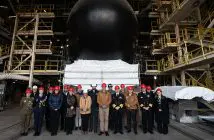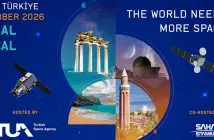

Image: NASA Highlights Science on Next Northrop Grumman Space Station Mission
Northrop Grumman is targeting launch for no earlier than 12:39 p.m. on Saturday, Feb. 19. The Cygnus spacecraft, carried atop an Antares rocket, will launch from the Mid-Atlantic Regional Spaceport at NASA’s Wallops Flight Facility on Wallops Island, Virginia. The mission will carry scientific research, crew supplies, and hardware to the space station to support its Expedition 66 crew.
Jennifer Buchli, deputy chief scientist for the International Space Station Program at NASA’s Johnson Space Center in Houston, will provide an overview of the science and research launching aboard Cygnus.
Other teleconference participants include:
- Dr. Scott Robinson, president and chief science officer of MicroQuin and principal investigator for the MicroQuin 3D Tumor investigation, a study that examines the effects of a therapeutic on breast and prostate cancer cells.
- Kevin C. Takada, principal investigator for the Hydrogen Sensor Technology Demonstration, which will test new sensors for the space station’s oxygen generation system.
- Lia Arvantitidou, vice president of Global Personal Care and Skin Health R&D for Colgate Palmolive, discussing the Colgate Skin Aging investigation.
- Hidetake Okamoto, assistant manager of sales and planning at the Development Headquarters of Hitachi Zosen Corporation and principal investigator for the Space Demonstration for All Solid-State Li Ion Battery investigation, which will demonstrate a lithium-ion secondary battery capable of safe, stable operation under extreme temperatures and in a vacuum environment.
- Dr. Bob Morrow, principal investigator for the eXposed Root On-Orbit Test System (XROOTS) investigation, a system that will test hydroponic and aeroponic techniques for plant growth and allow scientists to observe root growth through video and still images.
Cargo resupply from U.S. companies ensures a national capability to deliver critical science research to the space station, significantly increasing NASA’s ability to conduct new investigations at the only laboratory in space.
Members of the public can attend the launch virtually and receive mission updates. To participate, members of the public can register for email updates to stay up to date on mission information, mission highlights, and interaction opportunities.





